Hinduism, the oldest religion on the planet embodies the spirit of patience and acceptance. Tolerance has always been the strength of the followers of Hinduism.
HINDU RELIGION :
Though the exact origin is still clouded under layers of doubt, the first relics that have been found to be the precursors of modern-day Hinduism during the excavations of the Indus Valley Civilization are the famous in the form of Shiv lingas.
Widely known for the presence of numerous gods, it has brought together infinite powers in the universe in harmony.
“But it is a truism for Hindus.
This is one of India’s gift to the world.” – Dr. Arnold Toynbee
The spirit of mutual goodwill, esteem and veritable love which is the traditional spirit of the religions of the Indian family.
It still contains the remnants of the original pagan belief, observed as the sun god Surya, the wind god Vayu, the fire god Agni, etc.
The Hindu religion has no founder, prophet or a central belief except the holy book “Bhagavad Gita” that surmises only Lord Krishna’s teachings to Arjun on the Kurukshetra Battlefield.
Thus, it gives us a sense of freedom as in spite of being under the same umbrella various regional and cultural manifestations can be witnessed.
However, the religion contains a set of absolute duties and virtues prescribed to the Hindus under the ‘Sanatana Dharma’.
Each state reflects its diversified culture in the form of different festivals and rituals. Our festivals incorporate the cycles of mother nature.
Pongal and Baisakhi, different festivals from to different states yet the underlying principle of the celebration of the harvest being the same.
Being the third largest religion after Christianity and Islam, the name itself has been derived from the Sanskrit word Sindhu that refers to a large water body and the inhabitants of the Indus Valley
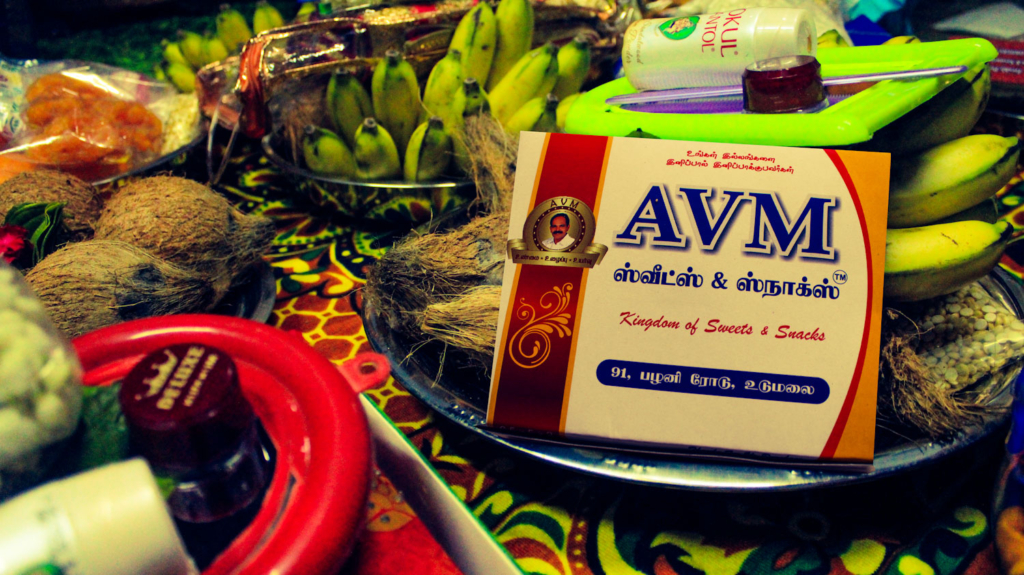
PUBERTY FESTIVAL :
The Puberty Festival in India know as the Ritu Kala Samskara or Langa Voni celebrates the arrival of menarche as a symbol of the transition of a girl to womanhood.
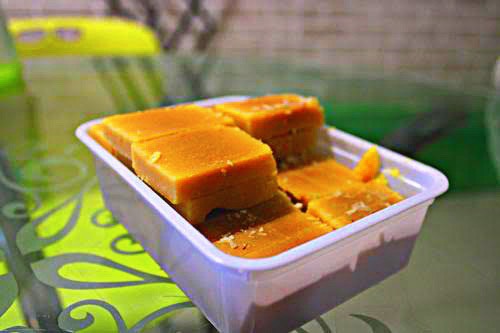
In the past these celebrations were used to announce the presence of a girl of marriageable age in the house to attract suitable suitors.
The celebration begins with the purification ceremony using turmeric, also called the ‘mangal snan’.
A day marked with feats and banquet lavished with many delicacies it is an important day for the girl as she gets to face the reality of the womanhood.
Also, according to the tradition, she gets to wear the saree or the half-saree for the first time in her life and is decked with jewellery like a bride.
Apart from South Indian states like Tamil Nadu, Assam in the east also follows the same tradition of celebrating a girl’s fertility.
Under the name of “Tuloni biya” the celebration resembles a mini wedding ceremony with the family and the relatives gathering and showering the girl with their blessings and gifts.
The celebration also follows certain beliefs like the isolation of the girl and not looking at the birds with an empty stomach, which far precedes the necessity.
However, with increasing awareness amongst girls about the menstrual cycle being a common natural phenomenon, an increasing majority of girls prefer to have a less grand ceremony or no ceremony at all.
BLOOD RELATIVE’S LOVE :
Family consists of a strong unit of individuals linked with genealogy that acts as a supporting unit throughout your life.
“Blood is thicker than water.”
It doesn’t matter if you are burdened by grief or overwhelmed with happiness, they are always beside us to share all the memorable moments of our life without judging us.
A close-knit family where everyone is aware of each other’s habits, likes and dislikes is a comfortable space where any individual can relax and be at ease, throwing away the worldly frustration.
Our Indian culture is primarily known for its filial relationship, where we place love and care at the pedestal. Compared to the Western family unit, families in India play an integral role in every individual’s life and is deeply interconnected with everyday activities.
From birthday celebrations to weddings, our relatives not only act as a backbone but add to the joyful atmosphere.
It is very difficult to imagine or life without the safety blanket of our family and relatives. Often, we take their affection for granted, but we need to acknowledge their contribution.
Not all families are the same and not everyone has the same values or belief systems but a harmonious family not only helps individual progress but is also an important factor that pushes a nation forward.
RITUALS :
India is a land full of religious and geographical diversity.
The range of Indian rituals is mind baffling. Taking a dip in the sacred Ganges or cracking coconuts, throughout the Indian subcontinent infinite rituals are performed to please the goods and ensure that the divine blessings are constantly being showered on us.
Purification of the soul and spirit and washing off the sins is another intention off such rituals.
“From a very early age, Hindus are introduced, and encouraged, to follow the various rules, rites, rituals and religious practises that seem to lie at the heart and soul of Hinduism.” – K. V. Singh
One might think that all of the are superstitious and lack any sound scientific meaning.
But wearing bangles, joining our hands, ringing bells, etc have a significant impact on our body. For instance, joining our hands activates the pressure points on the tip of our fingers.
Thus, these rituals do not rely on myths but have philosophical and scientific importance too.
Due to our ignorance we tend to blindly follow them. Thus, they are not meaningless but modernity creeping up we are losing touch with our traditions. Sweets are an important part of rituals in India.
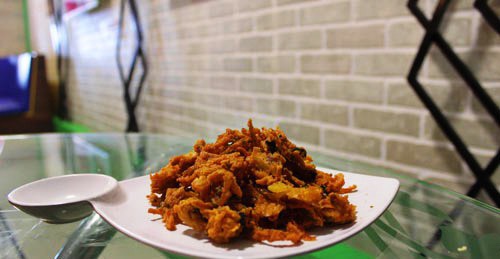
As prasadam to the gods and goddesses, as offerings to the sacred cow or the distribution during festivals, we savour the varieties from boondi ladoos to jalebi.
SWEETS AND DRESSES :
Any Indian festival is incomplete without sweet delicacies.
The Indian sweets commonly known as mithai are made of some general ingredients like milk, ghee and sugar that are considered to be pure.
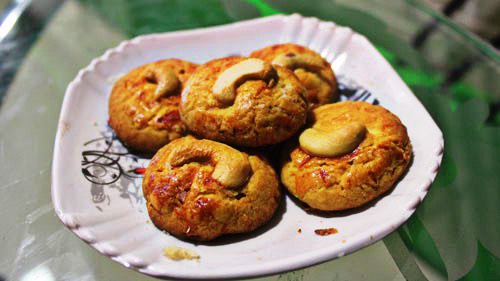
This is one reason why sweets are an important part of any spiritual occasion such as offerings to god or any sanctimonious celebration.
The types of sweets in Indian culture limitless, it varies with states, geographical locations and religion.
However, the significance of the sweets remains the same across the nation.
Apart from religious offerings they have a permanent spot in birthday celebrations, naming ceremony, weddings, etc.
The sweetness is also symbolic of joy, prosperity and success.
Before taking a new step or during any auspicious occasion a spoon of sugar fed to us acts as a charm for success in the future.
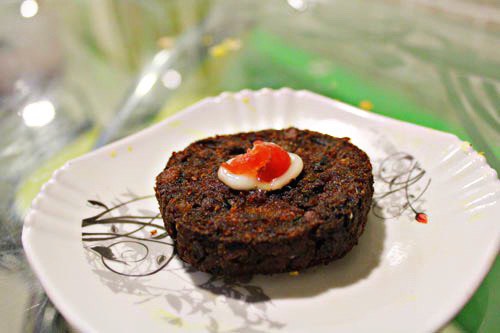
Doesn’t your mouth water when you think of golden Gulab jamuns dipped in sugar syrup or soft milky white Rasagullas.
That’s the power of our hand-made Indian sweets. Along with sweets, sporting new clothes has been a major trend.
One can see how crowded the streets in the market are during Diwali and Pongal, where people flock like a swarm of bees into textile and garment shops.
In modern times, festivals like these provide an opportunity for the people to wear traditional attire and enjoy the customs.
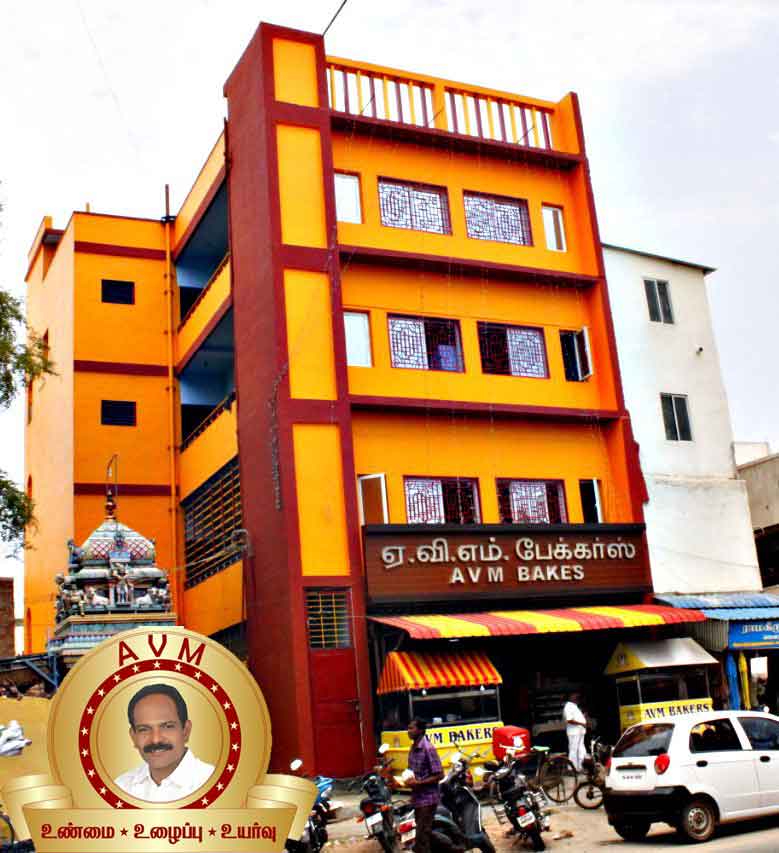
UDUMALAI AVM SWEET BRAND
To cater to the taste buds of the people in Udumalpet area, S. Thangamani, successfully set up AVM Group.
With widespread support and increasing popularity they decided to open a wholesale sweet and coffee bar called “Matha Sweets”.
One thing that makes them unique from other brands in their field is that they offer a range of baked goods as an alternative to traditional Indian sweets.
From the mandatory buns and breads to cakes, they provide the customers with a monumental variety to choose from.
Are you a fan of milkshakes, brownies and ice creams? You need not worry about your favourites.
Did you think that their services end here? No. Those who lack the sweet tooth can visit here for the savouries like mixtures, murukkus and pakodas.
They have something or the other to satisfy the tummy of their customers. Whatever your stomachs crave, you can find it in their menu.
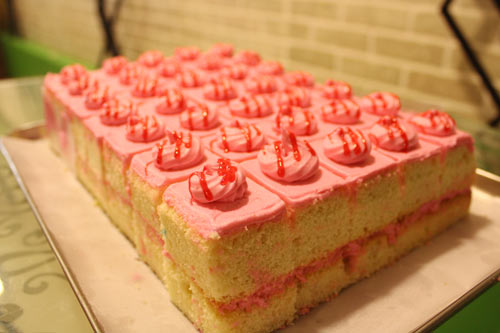
So, they never leave their clients dissatisfied.
Also, along with the variety, there comes their promise of high quality and love for cooking, which can be easily noted with their motto –
“We cook with Love”.
FUNCTION FOOD
Ah! What a sight? When you sit with a banana leaf laid in front of you laden with delicious items, wouldn’t it please your heart if you are a connoisseur of fine tastes?
The aroma of spices rising from spicy curries and vegetables waiting for it to be devoured by the attendees of any function wonderfully appeals to the senses and palates.
Whatever the function might be it always starts with a sweet- be it milk payasam or any other mithai.
The South Indian food’s trademark is the customary banana leaf that is not found anywhere else in India.
The sweets placed at the corner of the leaf never fails to bring a smile on the faces of the people.
It unites friends, families and relatives in the momentous joy and helps everyone create memories long-lasting happiness.
Thus, one can find a wholesome meal on a single banana leaf and it can be said that o one ever leaves such a banquet with dissatisfaction and an empty stomach.


